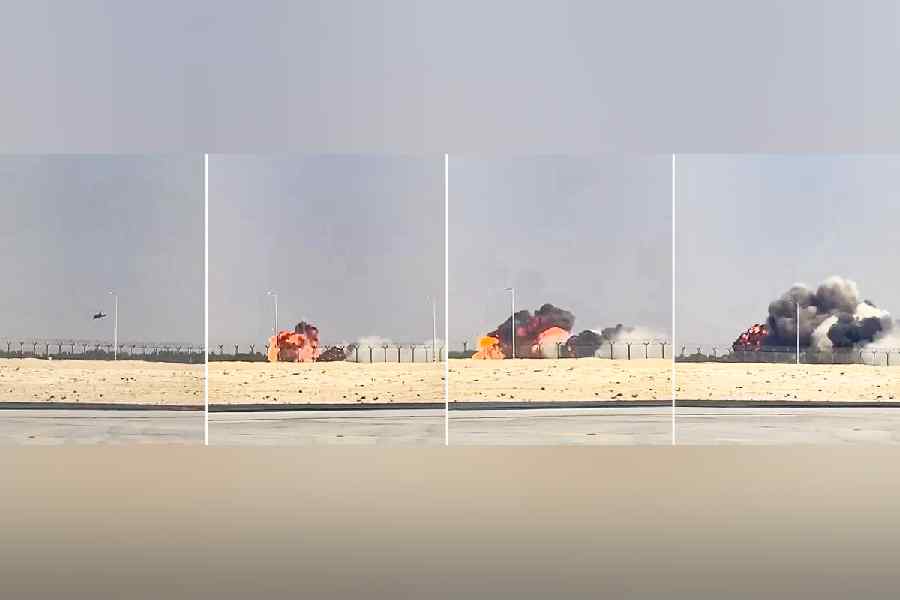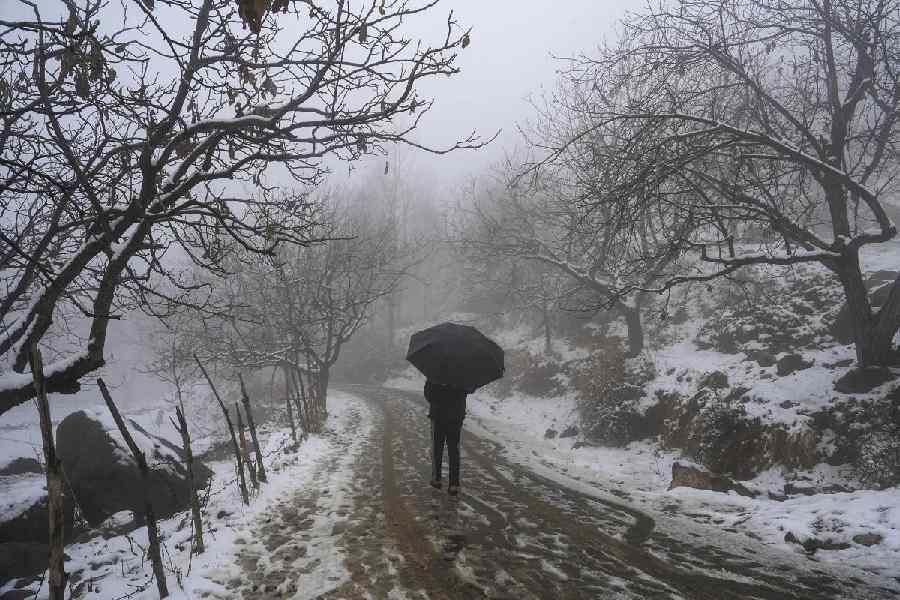Friday’s triple train crash that has killed at least 288 people and injured over 800 was caused probably by a malfunctioning signalling system that flashed the correct light but switched an unsuspecting Shalimar-Chennai Central Coromandel Express to the wrong tracks, railway officials have suggested.
The Coromandel Express was hurtling along the Up Main Line at 127kmph around 7pm when, at Bahanaga station in Odisha’s Balasore district, it was wrongly directed by the interlocking system into a loop line, where a goods train was parked, the officials said.
As the 12841 Coromandel Express rammed the goods train from the rear, all its 22 coaches got derailed. Three of them toppled over to the Down Main Line, along which — in a horrific coincidence — the 12864 Bengaluru-Howrah Superfast Express was passing exactly then.
The derailed Coromandel coaches hit the rear part of the Superfast Express, whose last few coaches were derailed by the impact, the officials said.
The death toll is likely to rise with rescue teams still recovering bodies trapped in the mangled bogies of the two express trains, which were together carrying about 2,000 passengers. News agency PTI quoted officials as saying 56 people had suffered grievous injuries.
The train disaster is the country’s biggest this century. On August 2, 1999, at least 285 people had died when the Avadh Assam Express from New Delhi collided with the Brahmaputra Mail at Gaisal railway station, North Dinajpur, apparently because of a signalling error.
“Preliminary investigations suggest an error in the signalling system at Bahanaga. The electronic interlocking system at Bahanaga Bazar, which controls the signalling and train movements at that station, apparently malfunctioned,” a senior railway official told The Telegraph from the accident site.
“So, the Coromandel Express, moving at 127kmph, was suddenly directed to a loop line where the maximum permissible limit is 30kmph. The signal was green, directing the train to continue along the main line, but in reality, the interlocking system was directed towards the loop line.”
The official said a train driver regulates the speed and movement depending on the colour of the signal: green, yellow, two yellows or red.
“Several signals ahead of the Coromandel Express were green. So it seems that the driver, believing that the track was clear, continued at high speed. At such a speed, it was not supposed to have entered the loop line,” the official said.
Loop lines are meant to accommodate any additional trains near a station. They are short — usually less than a kilometre — and merge with the main line at both ends.
In a report to the railway ministry, the railway team that carried out the preliminary inquiry said a “signal was given and taken off”, but did not elaborate.
“We the undersigned after careful observation came to conclusion that signal was given and taken off for up Main Line for 12841 but this train entered into up loopline and dashed with goods train N/DDJP which was on up loopline and derailed. In the meantime, 12864 passed through on Dn Main Line and two coaches of it were derailed and capsized (sic),” the report said.
A railway source said: “The Chennai-Howrah route is an automated track. The stationmaster gives the signal from the panel board of the station.... Though the signal was given, it may not have worked.”
He added: “The Coromandel Express, which entered the loopline, probably could not see the goods train in the dark. It failed to apply the brakes.”
PTI said the investigators were probing a human error angle too.
Kavach query
Questions are being asked why the anti-collision system Kavach had not been installed on this key route.
When a train jumps a signal and the Kavach notices another train on the same line within a prescribed distance limit, it alerts the driver, takes control of the brakes and brings the train to a halt automatically, railway sources said.
The railways have initiated a high-level probe headed by the commissioner of railway safety, South Eastern Circle, PTI reported.
Sashikanta Behera, a Bahanaga-based journalist who was involved in the rescue efforts, told this newspaper: “The goods train’s 58 wagons stretched nearly half a kilometre. It was completely dark.”
He added: “The collisions were so loud that they were heard nearly 7km away.”
National Disaster Response Force chief Atul Karwal said: “It was a challenge rescuing people from the mangled bogies.”
Several broken train wheels were strewn around the tracks.
Scene
From a place high above the ground, the site looked as though a whirlwind had thrown the coaches like toys on top of each other, PTI reported.
Closer to the ground, bloodied and disfigured bodies and dismembered body parts lay enmeshed.
Large cranes were brought in to move the wreckage and gas cutters were used to extricate bodies from the coaches.
Around 1,200 personnel, 200 ambulances, 50 buses and 45 mobile health units worked at the accident site.
Army columns, including engineering and medical personnel, were rushed from Barrackpore and Panagarh in Bengal. Two Mi-17 helicopters were deployed to evacuate the injured, a defence official said on Saturday.
The engine drivers and guards of the two express trains were being treated in hospital but the driver and the guard of the goods train escaped unhurt, an official said.
“The train was running at high speed. Around 7pm, a loud sound was heard and it was chaos after that. I fell on the floor from the upper berth. It was ghastly, many people with grave injuries were lying around,” Mizan Ul Haq, a Burdwan resident who was in a coach at the rear of the Superfast Express, told PTI.











